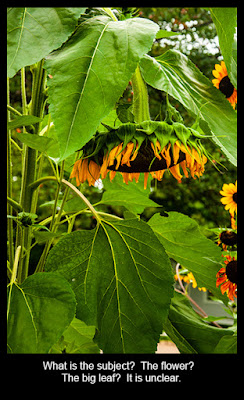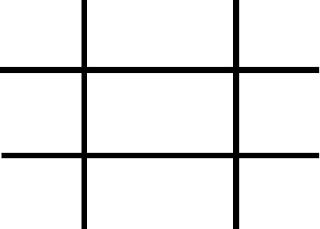Taking Better Pictures by Filling the Frame

One of the most important things you can do to instantly improve your pictures is to fill the frame with your subject. How do you fill the frame? We have all been there. We have looked at our friend's picture and strained our eyes to try to distinguish who or what is the subject of the picture. It could be a person, a flower, or anything. Taking a picture of someone with a confusing foreground and background can ruin a picture. In essence, I am saying there are lots of pictures that should not have been long shots and should have been portraits. A selfie is a great example of filling the frame. Your face fills the frame. By filling the frame with your subject, you are eliminating negative space. Negative space? Ok, what the heck is that? Negative space is the space around your subject that is not your subject. If you take a picture of a friend, everything in the picture that is not your friend is negative space....



